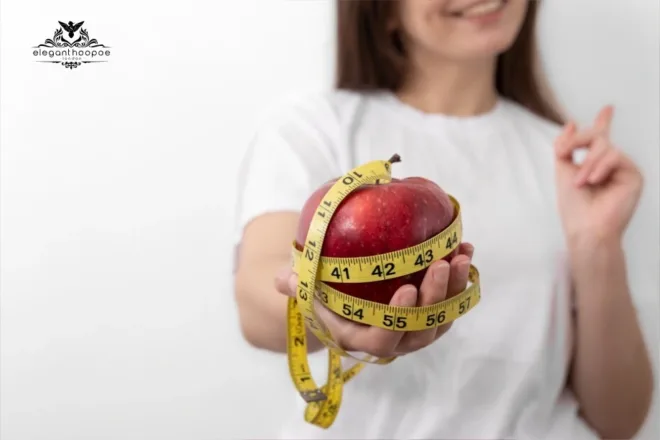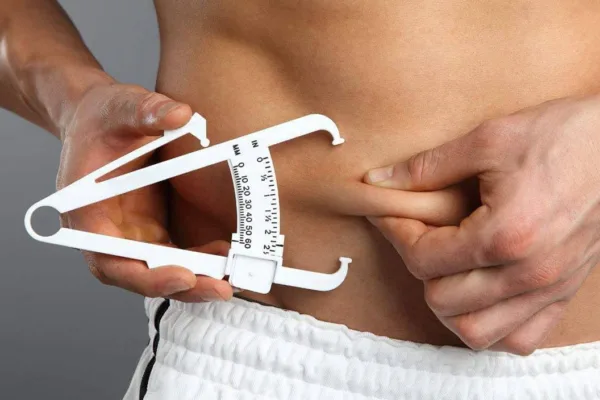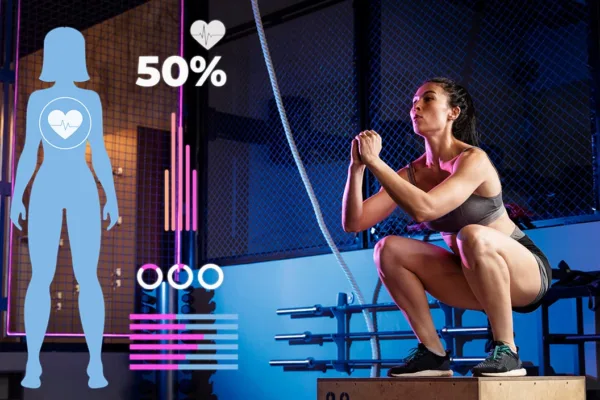Can BMI and Body Shape Really Be Linked?
Yes—your BMI and body shape are connected. Here’s how:
- BMI estimates fat based on weight & height
- Each BMI range aligns with typical body shape patterns
- Underweight = slender; normal = balanced; overweight = pear/apple; obese = round
- Fat distribution differs by gender and impacts health risks
- Use BMI with waist size or scans for better accuracy
Your BMI and body shape offer quick insights—but for full health tracking, go beyond the numbers.
Understanding your body goes beyond what the mirror shows. The body mass index BMI calculator is a foundational tool that offers insight into how your weight relates to your height, providing a gateway to assess your general health and even anticipate your body shape. While BMI isn’t a complete measure of health or fitness, it reveals patterns in fat distribution that correlate with common body shapes.
This is where the concept of the BMI calculator body shape becomes important. By recognizing how your BMI falls within the standard ranges and how it corresponds to common fat distribution patterns, you can better understand the shape of your body and the related health risks.
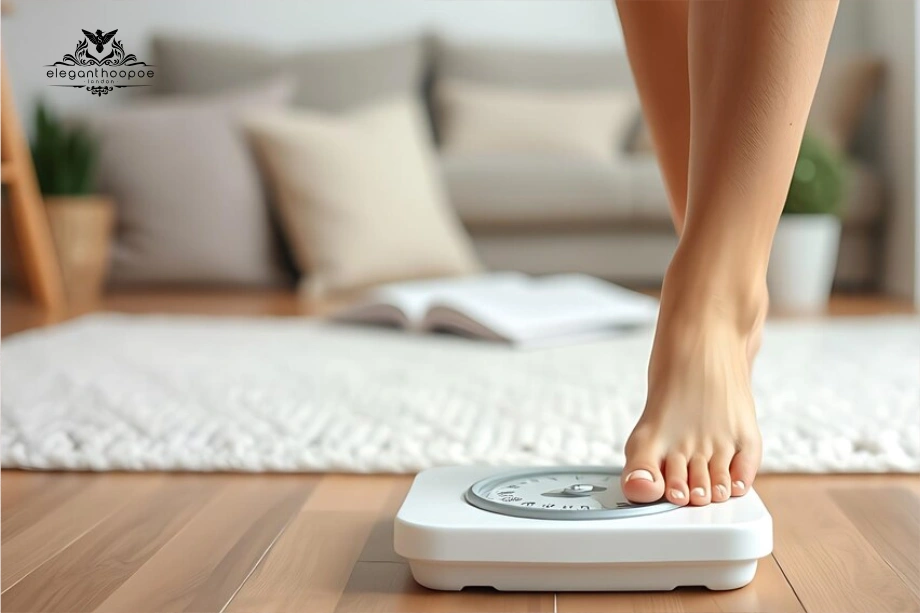
Understanding the Basics of the Body Mass Index BMI Calculator
BMI stands for Body Mass Index, a simple numerical value derived from a person’s weight and height:
This value is then categorized:
| BMI Range | Classification |
| Below 18.5 | Underweight |
| 18.5 – 24.9 | Normal weight |
| 25 – 29.9 | Overweight |
| 30 and above | Obese |
These classifications are useful in understanding not just health risks, but also general body shape patterns.
Weight
Height
Age
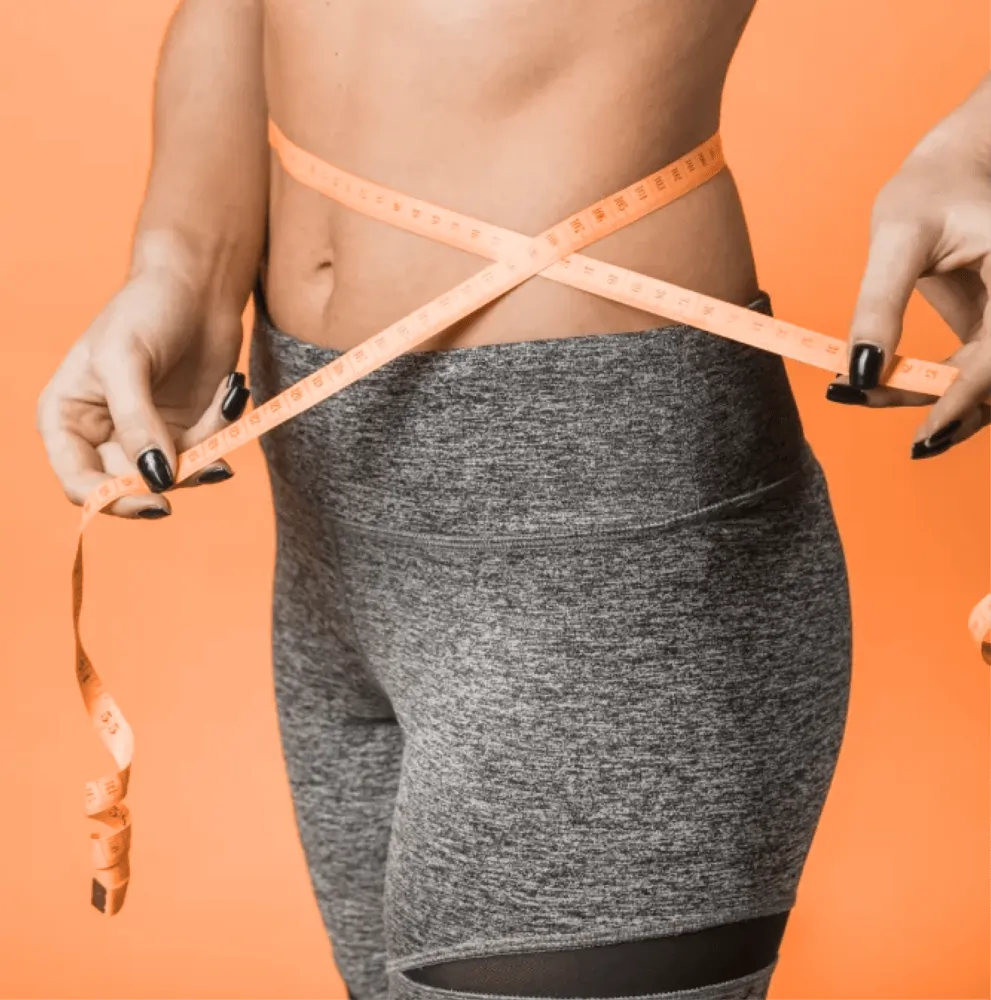
Real-Life Examples from the Body Mass Index BMI Calculator
Let’s explore how BMI results relate to visual body shapes using simple examples:
Underweight (BMI < 18.5): Slender or Ectomorph Shape
- Narrow shoulders
- Minimal fat
- Visible bone structure
- Typically tall and thin
Normal Weight (BMI 18.5–24.9): Balanced Shape
- Well-distributed fat
- Proportional muscle and fat
- Athletic or rectangular shape
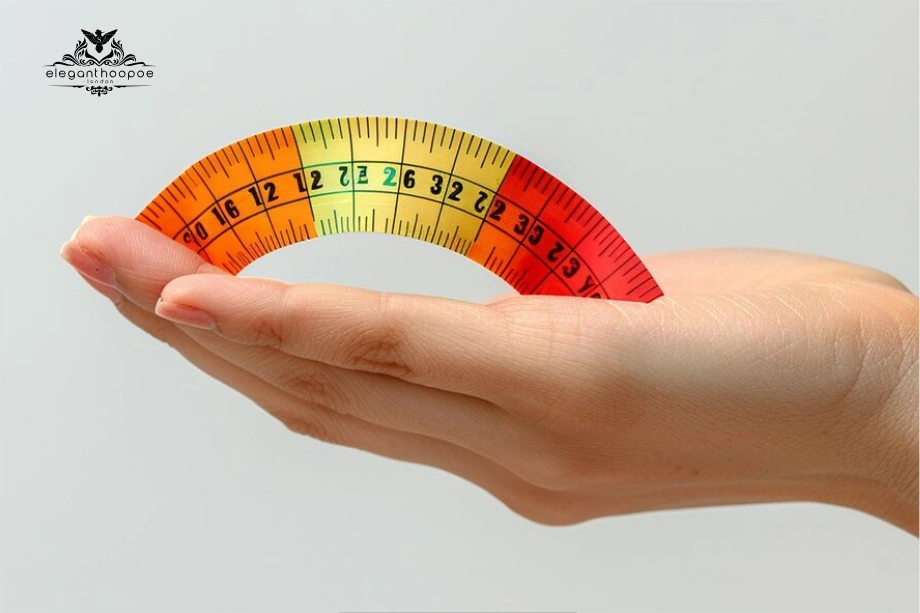
Overweight (BMI 25–29.9): Pear or Apple Shape
- Pear: Fat accumulates around hips and thighs
- Apple: Fat accumulates around the abdomen
- Waistlines begin to increase
Obese (BMI ≥30): Rounder or Central Obesity Shape
- Fat centralized in the abdominal area
- Larger waist circumference
- Higher risks of chronic diseases

Understanding the Link Between BMI Calculator, Body Shape, and Fat Distribution
Although BMI doesn’t directly measure body fat or muscle mass, trends show it can still reflect how fat is stored:
- Apple-shaped bodies (common in men): Higher abdominal fat, greater risk of metabolic syndrome.
- Pear-shaped bodies (common in women): Fat in the lower body, less associated with cardiovascular risk.
High BMI often correlates with visceral fat, the fat stored around internal organs, which is more dangerous than subcutaneous fat.

Why BMI Isn’t the Whole Story
BMI is a valuable tool, but has important limitations:
- Doesn’t differentiate fat from muscle: Athletes may have a high BMI due to muscle.
- Ignores fat location: Visceral fat poses more health risks than fat stored under the skin.
- Not personalized: Genetics, bone density, and gender aren’t considered.
For better accuracy, BMI can be used alongside:
- Waist circumference
- Waist-to-hip ratio
- Body composition analysis (DEXA, InBody, etc.)

Enhancing Body Shape and Health Through Lifestyle
If your BMI category indicates overweight or obesity, you can improve both health and appearance through:
Physical Activity
- Combine cardio and resistance training
- Aim for 150 minutes of moderate exercise weekly
Nutritional Habits
- Focus on whole foods
- Reduce sugar, processed foods, and trans fats
Sleep and Stress Management
- Sleep 7–9 hours a night
- Use mindfulness or yoga to manage stress
Professional Guidance
- Use scans (like InBody or DEXA) for deeper insight
- Work with nutritionists and trainers for personalized support
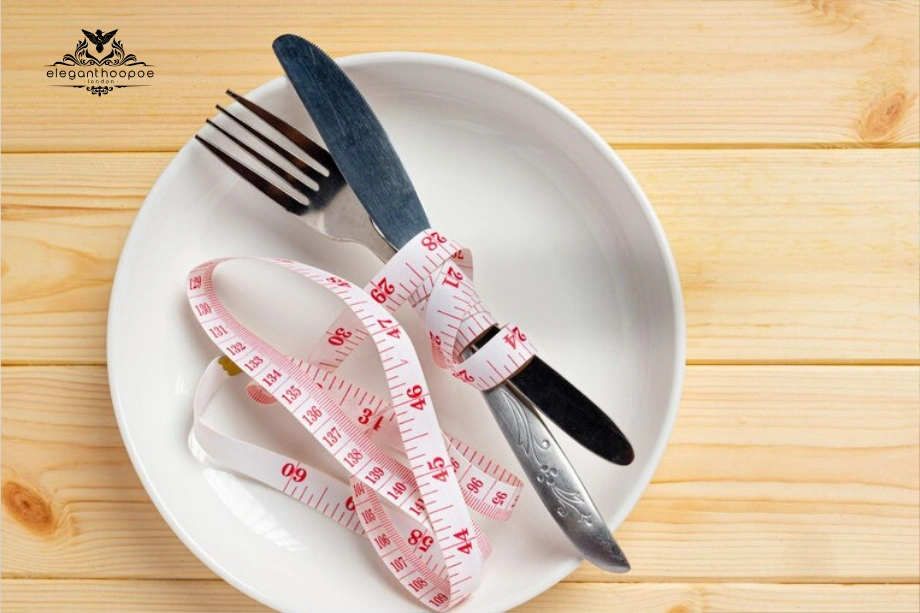
Conclusion: BMI Is a Body Shape Indicator, Not a Final Verdict
The body mass index BMI calculator offers a quick glimpse into your body’s weight-related status and shape tendencies. While it’s not a comprehensive diagnostic tool, it remains a useful reference point for health monitoring. Understanding your BMI and how it may reflect your body shape allows you to take informed steps toward better health. If you’re focusing on your BMI calculator body shape, remember it’s only one part of the larger wellness picture.
References
CDC – About Adult BMI
WHO-Body mass index (BMI)
Harvard T.H. Chan School of Public Health-Obesity
NIH – Assessing Your Weight


